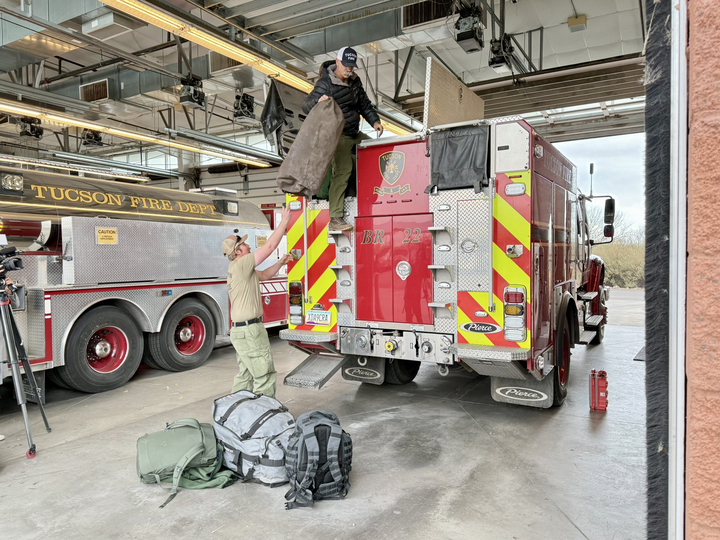Arizona’s three public universities had some of the nation’s largest percentage increases in tuition from 2007 to 2010, according to a report released Thursday by the U.S. Department of Education.
Tuition for the schools rose between 36 and 38 percent, putting them in the top 5 percent in the nation, relative to their size. Although the UA had the smallest increase among the three Arizona universities, its 36 percent increase since 2007 was tied for the 30th biggest institutional increase in the U.S. over that time period.
That increase has become even more drastic in recent years, growing an additional 35.7 percent since the 2009-2010 academic year.
Wanda Howell, chairwoman of the UA’s Faculty Senate, said one of the main factors behind the increases is reduction of state funding by about 40 percent since 2007. The UA’s sources of revenue, she explained, are limited to tuition, research and state funding.
“”If one of those revenue streams is cut off, which is happening from our state support, the other two have to make up for it,”” she said.
Howell added that the UA is making a “”huge push”” to increase revenue from research, and that every department on campus is working on becoming more entrepreneurial.
Despite large tuition increases in past years, Associated Students of the University of Arizona President James Allen said that he believes the upcoming school year could be a “”light in the tunnel”” type of year.
“”There’s not a lot of room or incentive for increases anymore,”” he said. “”Our degree must be worth something, and we have a lot of ammunition to say enough is enough.””
In order to do so, Allen said his administration will research students’ necessities, be highly educated on seeing what tuition monies go toward and come up with new methods to fight cuts.
“”I don’t anticipate increases that high for next year, and as president, I will fight any kind of increasing cost extensively,”” he added.
In-state tuition in Arizona, however, was still near the middle of the pack for public universities nationwide. Pennsylvania State University, one of the UA’s peer institutions as determined by the Arizona Board of Regents, was the most expensive four-year public university in the country, with tuition set at $14,416 a year, according to the National Center for Education Statistics.
Daniel Fitzgibbon, a director of the Arizona Students’ Association, agreed that there is little incentive for future tuition increases, saying tuition talks for this school year have started off with a “”different tone.””
This tone includes Regent Chairman Fred DuVal, who said in June that he is interested in a $0 tuition increase, according to Fitzgibbon and UA Student Regent William Holmes.
Fitzgibbon said that because the organization has seen university budgets slashed so much, they want to ensure legislators know that funding education is a true investment.
“”When you help educate your populace, it will in turn become an economic driver for the state,”” he explained. “”We want to make sure that they (Arizona legislators) are aware that cutting university budgets comes with consequences.””








